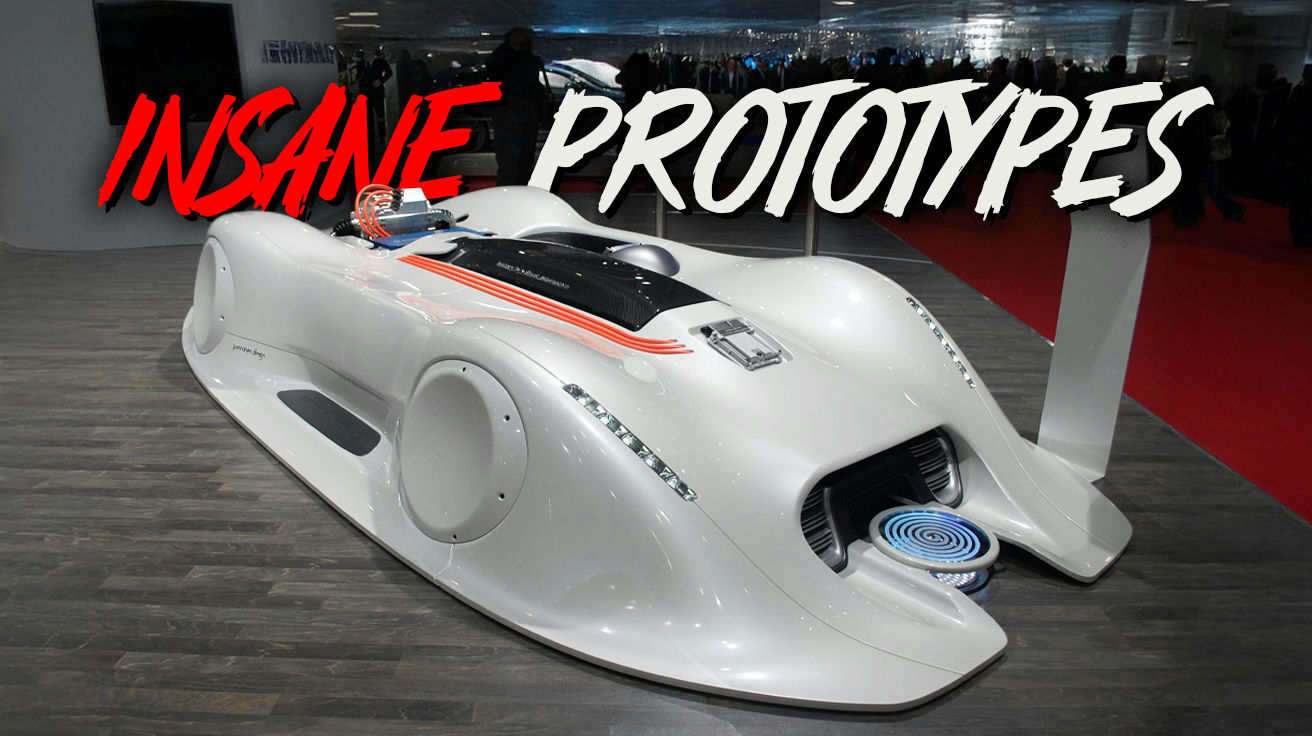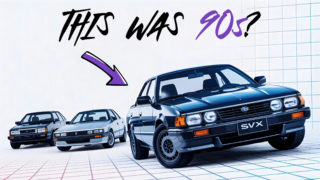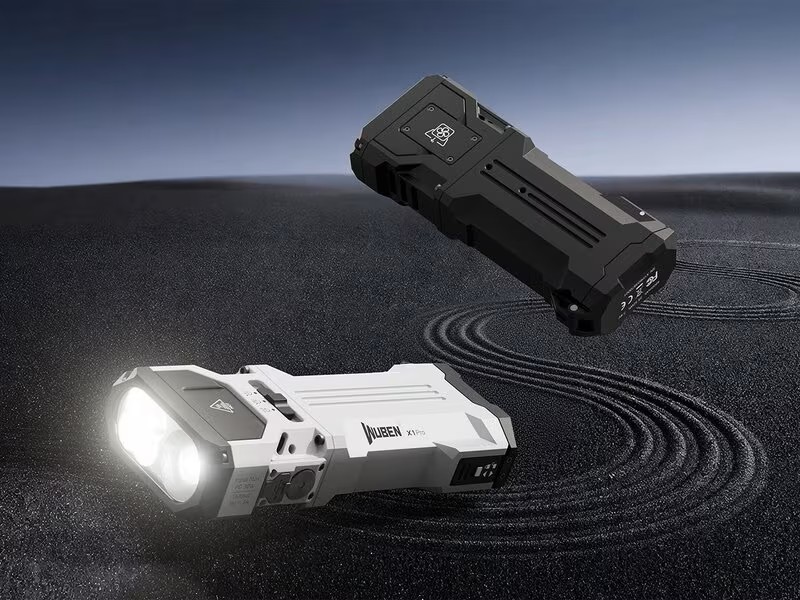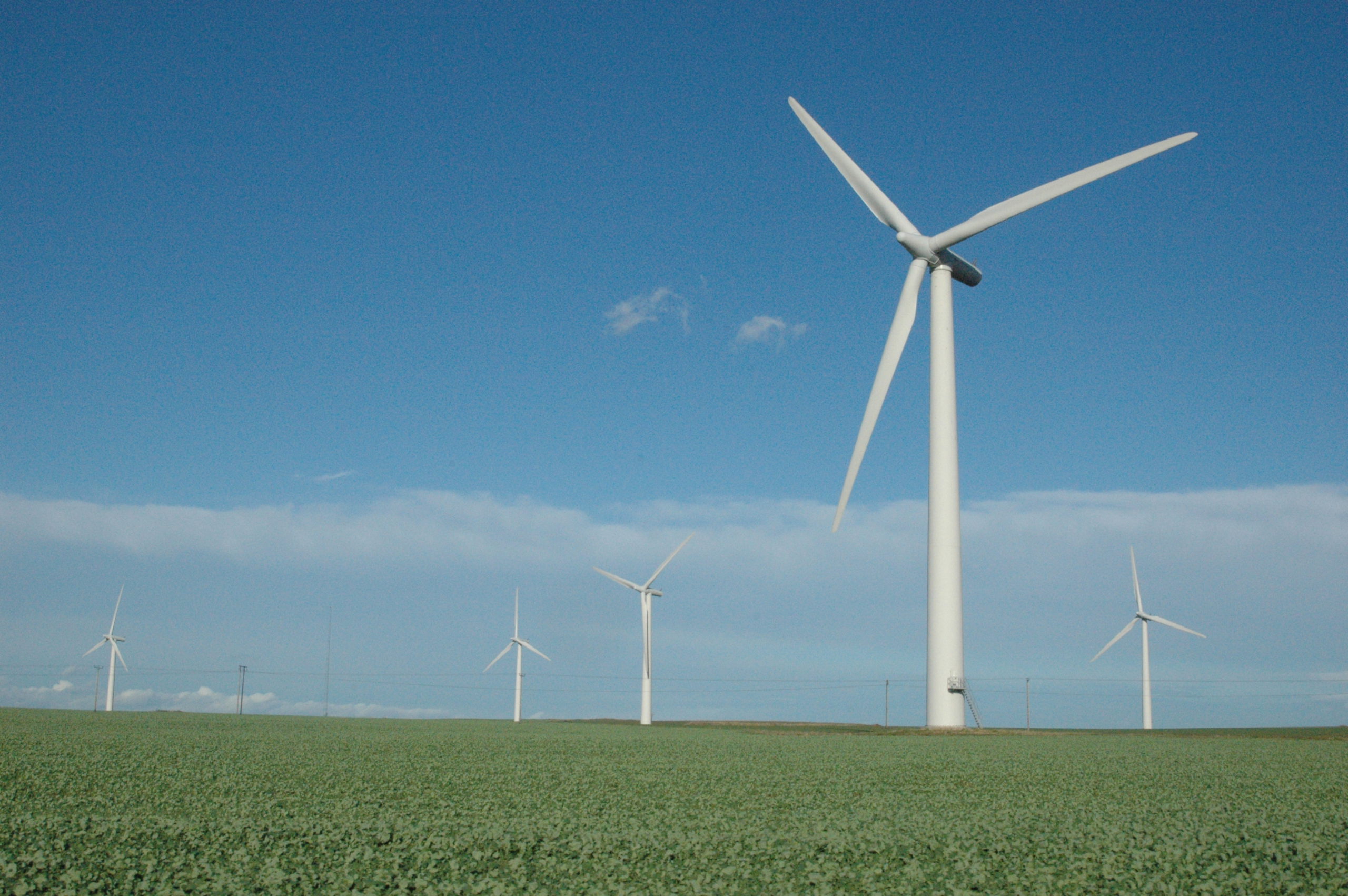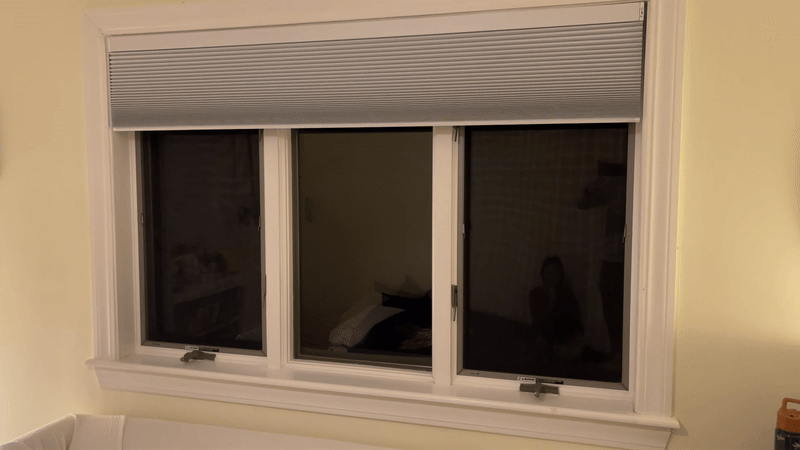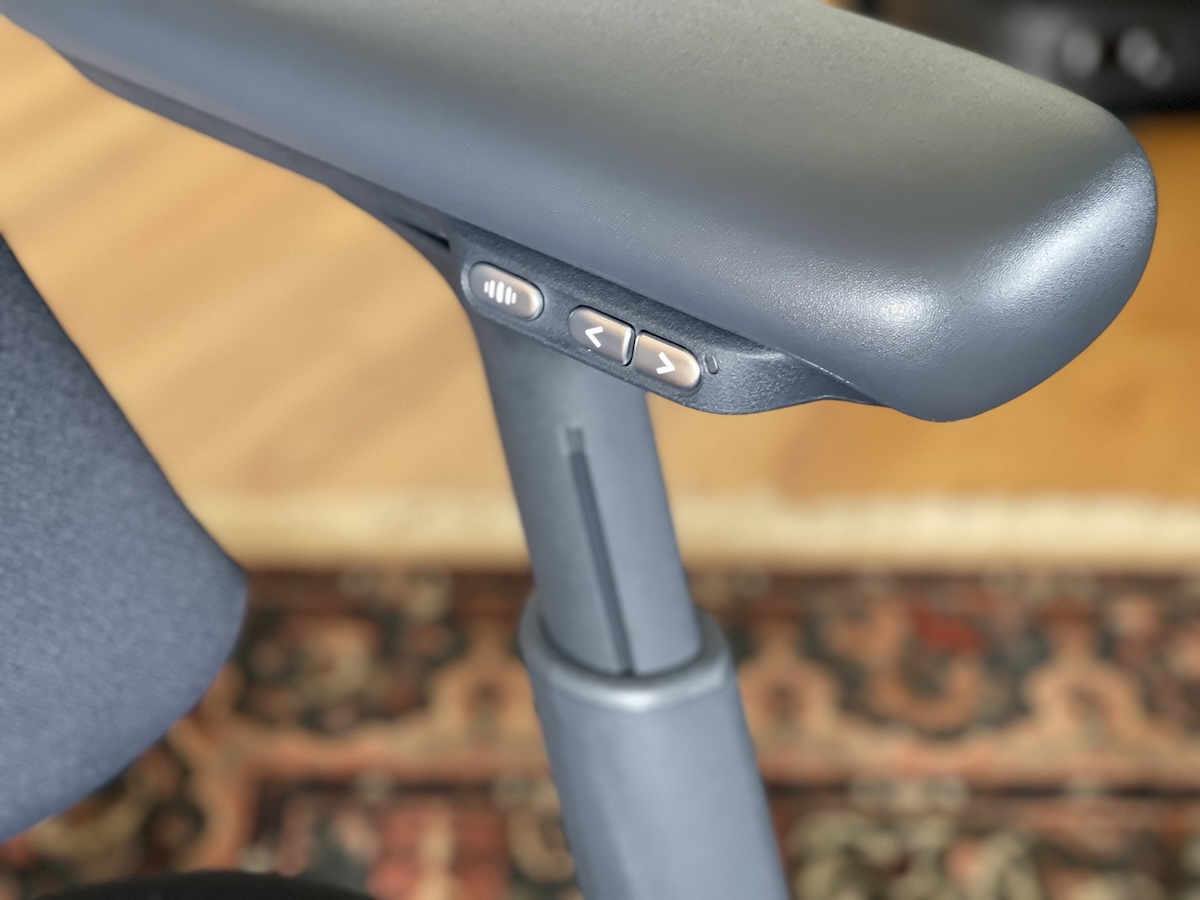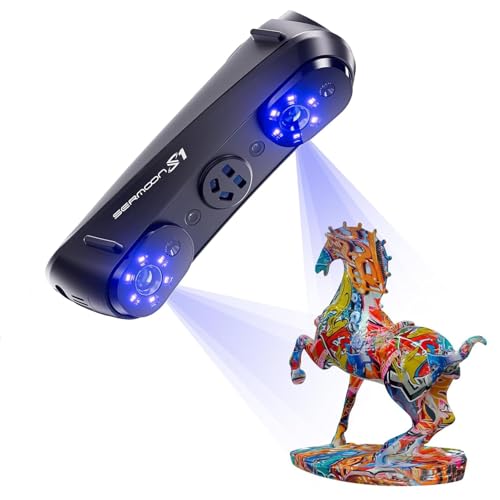The automotive world occasionally produces machines so bizarre, so utterly bonkers, they make a standard Toyota Corolla look as exciting as watching beige paint dry in a retirement home. These vehicular misfits shatter conventional wisdom and leave engineering textbooks weeping in confusion. Some became legendary for their brilliance, others infamous for their madness. All of them changed how we think about transportation.
Let’s journey through automotive history’s most daring experiments—the kind that made bean-counters reach for their heart medication and safety inspectors wake up screaming at 3 AM. These aren’t just cars; they’re four-wheeled manifestations of rebellion that flipped the bird at convention and somehow made it to reality.
15. Nissan Pivo 2 (Exterior)
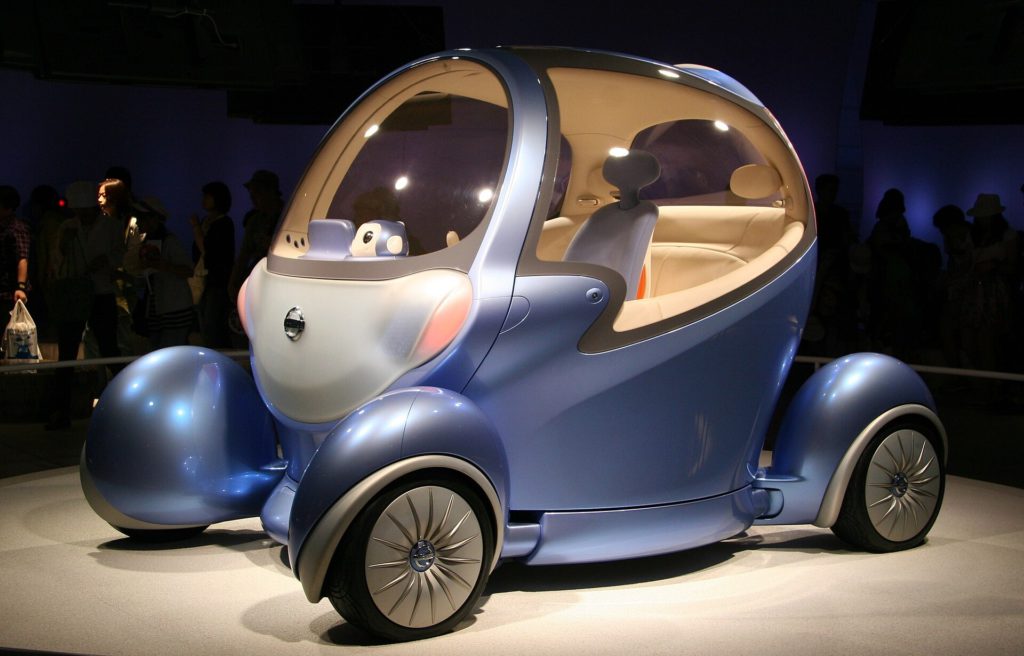
The Nissan Pivo 2 exemplifies engineering overreach, addressing urban parking challenges with needlessly complex solutions. The 360-degree rotating cabin introduces failure points and cost barriers that would make mass production financially untenable.
Its bubble-shaped exterior prioritizes visual novelty over aerodynamic efficiency or crash safety considerations. The independent electric motors in each wheel multiply potential maintenance issues fourfold compared to conventional propulsion systems, creating a service nightmare for both technicians and owners.
Nissan Pivo 2 (Interior)

The most concerning aspect of the interior isn’t the spacious feel but the “Robotic Agent” dashboard companion—a distracting element that uses facial recognition to monitor driver emotions. This technology diverts attention from the fundamental driving experience while adding substantial cost to what should be affordable urban transportation. The rotating cabin eliminates reverse gear but introduces vestibular disorientation issues during operation. The panoramic glass creates significant thermal management challenges in warm climates while compromising structural integrity in rollover scenarios.
14. BMW Gina (Exterior)

The BMW Gina represents misplaced materials innovation, employing polyurethane-coated spandex fabric for the exterior—a solution that prioritizes conceptual novelty over durability and safety. The flexible skin creates fundamental vulnerabilities to environmental damage, punctures, and UV degradation that conventional materials solved decades ago.
The shape-shifting capabilities enabled by electro-hydraulic framework elements add weight, complexity, and innumerable failure points while providing marginal functional benefits. Those headlights that “peek through slits” would struggle to meet basic safety standards for consistent illumination and durability after repeated cycles. For more wild ideas that might become reality, check out these future concept cars you must see.
BMW Gina (Interior)

Inside, the minimalist approach creates significant human-machine interface challenges. Controls that remain hidden beneath material until needed severely compromise emergency operation scenarios. The seamless aesthetic might photograph well for design publications, but it ignores ergonomic principles refined through decades of automotive interior development. The cohesive design language prioritizes visual consistency over tactile differentiation—a critical element for safe operation without visual distraction.
13. Audi Urban Concept (Exterior)

The Audi Urban Concept demonstrates how engineering exercises can lose sight of practical transportation requirements. The skeletal design with exposed wheels overlooks fundamental concerns like water dispersion, debris protection, and pedestrian safety in favor of visual distinctiveness. The sliding canopy entry system, while visually dramatic, creates obvious concerns regarding emergency egress, weather sealing reliability, and manufacturing complexity. The exposed components aesthetic deliberately contradicts practical protection needs for sensitive mechanical elements operating in variable urban environments.
Audi Urban Concept (Interior)

The interior’s staggered 1+1 seating configuration optimizes neither passenger communication nor space efficiency. The manually adjustable seats mounted directly to the carbon fiber floor transmit road vibration directly to occupants, compromising comfort without meaningful weight savings compared to properly engineered suspension seating. The aircraft-inspired controls introduce unnecessary learning curves for operators while the heads-up display technology creates potential single points of failure for critical information delivery.
12. Rinspeed Scuba (Exterior)
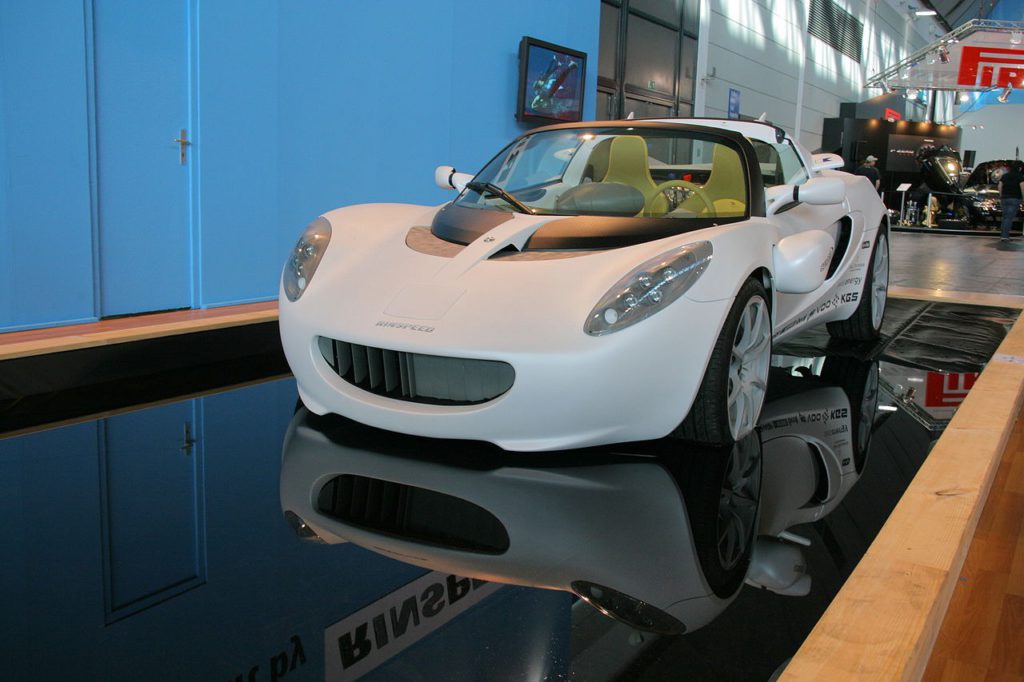
The Rinspeed Scuba exemplifies concept overreaching, attempting to merge two fundamentally different transportation modes with inevitable compromises to both. Its dual-purpose design creates a vehicle mediocre on roads and merely adequate in water—a classic example of concept-driven rather than needs-driven design. Amphibious prototypes and dual-purpose vehicles continue to push boundaries, proving that cutting-edge vehicles transforming transportation aren’t limited to science fiction.
Rinspeed Scuba (Interior)

The interior continues this confusion of purpose with waterproof materials that sacrifice tactile quality and comfort found in dedicated road vehicles. The transforming dashboard switching between terrain modes adds electronic complexity where mechanical simplicity would enhance reliability. The pressure-equalizing ventilation system introduces additional failure risks in a system where reliability directly impacts occupant safety. The reinforced glass canopy adds substantial weight while creating thermal management challenges in both environments.
11. Peugeot Movie (Exterior)

The Peugeot Moovie demonstrates the pitfalls of design competitions prioritizing visual impact over engineering fundamentals. While attracting attention through its almost spherical shape, this approach maximizes frontal area—directly contradicting basic aerodynamic efficiency principles.
The interior continues this form-over-function approach with offset seating that complicates passenger interaction without meaningful space efficiency gains. The panoramic glass creates significant glare management issues while the minimalist dashboard would struggle to provide the information density required for safe operation. The surprisingly spacious feel comes at the expense of exterior dimensions optimized for urban maneuverability—the concept’s supposed purpose.
10. Ford SynUS

The Ford SynUS represents security theater in vehicular form, addressing urban safety concerns with impractical fortress-like solutions. The ballistic-grade polycarbonate windows and reinforced body panels add substantial weight that compromises efficiency, handling, and brake performance—fundamental safety considerations more statistically relevant than ballistic protection.
The interior continues this security obsession with an environment that resembles a panic room rather than a welcoming transportation space. The filtration systems and secure communication capabilities address highly specialized concerns at the expense of everyday usability and cost efficiency. The comprehensive security monitoring and night-vision cameras add complexity and cost for scenarios most users will never encounter. The secure workstation functionality misunderstands how consumers typically use vehicles, prioritizing edge cases over primary use patterns.
9. Citroen Tubik (Exterior)

The Citroen Tubik demonstrates how retro-inspired design can lead to fundamental functional compromises. Its boxy, anti-aerodynamic stance deliberately rejects efficiency principles critical in contemporary vehicle development. The dramatic proportions and two-tone color scheme prioritize visual impact over practical considerations like fuel economy and handling stability.
Citroen Tubik (Interior)

The interior’s flexible sanctuary with eight distinct configurations introduces mechanical complexity that would inevitably lead to durability concerns and long-term maintenance issues. The lounge-like seating might impress in static displays but would create passenger safety challenges during dynamic operation. The advanced sound dampening technology attempts to compensate for the inherently poor acoustic properties of the box-like shape rather than addressing the root architectural cause.
8. Mitsubishi MMR 25 (Exterior)

The Mitsubishi MMR 25 exemplifies feature proliferation at the expense of practical transportation. The eight-wheeled configuration with independent electric motors creates a maintenance nightmare while introducing control synchronization challenges that would require substantial computing resources to manage.
The interior continues this technology excess with a command center resembling a fighter jet cockpit rather than a practical off-road vehicle. The wraparound display replacing conventional windows creates complete dependence on camera systems vulnerable to damage or failure in the harsh environments this vehicle supposedly targets. The drive-by-wire controls eliminate mechanical redundancies that provide fail-safe operation in remote locations—precisely where such backups become most critical.
7. Mercedes-Benz Vision AVTR (Exterior)
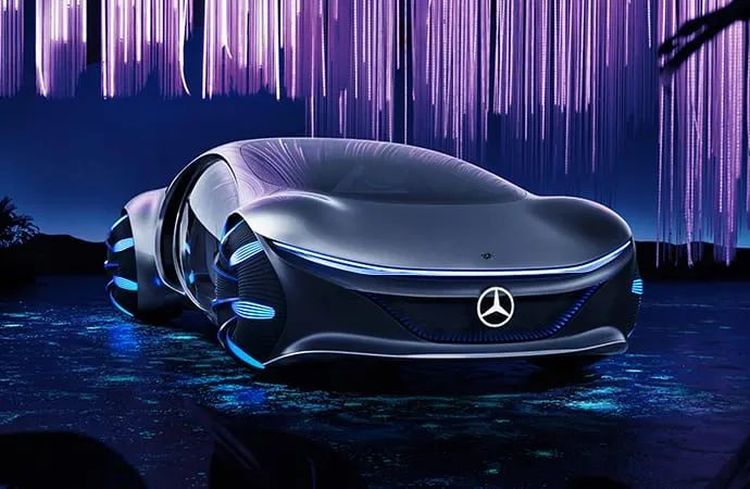
The Mercedes-Benz Vision AVTR demonstrates how cinematic inspiration can lead to impractical automotive design. The 33 movable scales on its rear represent pure theater without meaningful functional benefits, while introducing dozens of potential failure points. These bionic flaps would require substantial actuator systems and control logic to operate while adding weight and aerodynamic disruption.
Mercedes-Benz Vision AVTR (Interior)

The interior continues this prioritization of theater over function with experimental materials like DINAMICA® microfiber and mushroom-derived “vegan leather” that raise longevity questions in high-wear automotive applications. The pulsating center console detecting electrical impulses through the driver’s palm introduces an unproven interface technology with significant reliability and precision concerns. The projected displays and holographic elements lack the tactile feedback necessary for eyes-on-road operation. The entire cabin concept misunderstands the human-machine relationship required for safe, intuitive vehicle control.
6. Peugeot Onyx (Exterior)
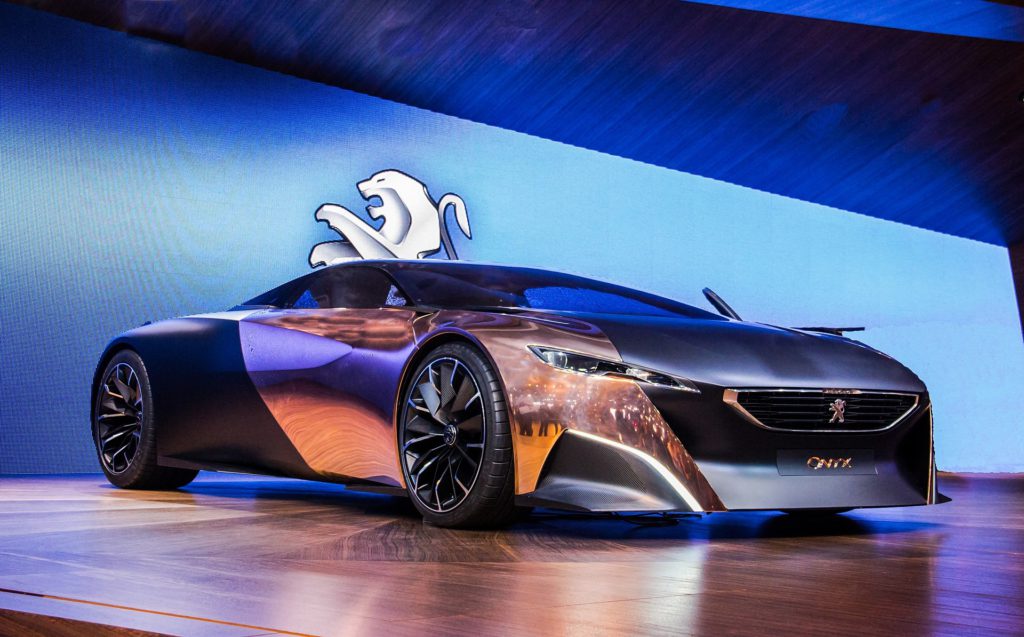
The 2012 Peugeot Onyx prioritizes artistic expression over manufacturing realities with its hand-formed copper panels requiring 40 hours of skilled labor each—production methods incompatible with volume manufacturing. The unpainted copper exterior intentionally developing patina represents a romantic notion of aging that conflicts with consumer expectations for consistent appearance and corrosion resistance.
Peugeot Onyx (Interior)

The interior continues this artisanal approach with “newspaper wood” dashboard created from compressed recycled papers—an innovative material choice with unproven durability in automotive applications. The touch-sensitive surfaces integrated into these experimental materials would raise concerns about consistent operation and longevity. The racing-inspired fixed-position seats without adjustment mechanisms severely limit accommodations for different body types. The removable tablet device controlling climate and infotainment functions introduces theft concerns and redundant components compared to integrated systems.
5. EDAG Light Car Open Source

The EDAG Light Car Open Source demonstrates technology integration without consideration for practical limitations. The transparent polycarbonate panels housing OLED technology would create astronomical replacement costs after even minor collisions. The customizable lighting patterns and messaging capabilities introduce potential driver distraction and regulatory compliance challenges across different markets.
The interior (not described in the original text) would presumably continue this technology-first approach with digital interfaces that prioritize novelty over proven usability paradigms. The concept’s very name—“Open Source”—suggests a development philosophy at odds with the proprietary, safety-critical systems that automotive manufacturing requires.
4. Toyota UBox (Exterior)

The Toyota UBox sacrifices exterior aesthetics and aerodynamic efficiency for interior volume with its boxy, vertically-sided design. The dynamic window line and forward-leaning A-pillars create unusual sightlines requiring driver adaptation. The configurable display panel where a traditional grille would be located introduces unnecessary complexity in a high-impact area of the vehicle.
Toyota UBox (Interior)

The interior’s reconfigurable space with rail-mounted components introduces durability concerns with repeated transformation. The removable digital display creates potential theft concerns while the 3D-printed dashboard components raise questions about consistent quality control and crash safety compliance. The programmable LED accent lighting adds complexity without meaningful functional benefits. The entire concept reflects a fundamental misunderstanding of use that would be apparent had they studied how vehicle owners actually use their transportation.
3. Magna Steyr Mila Alpin
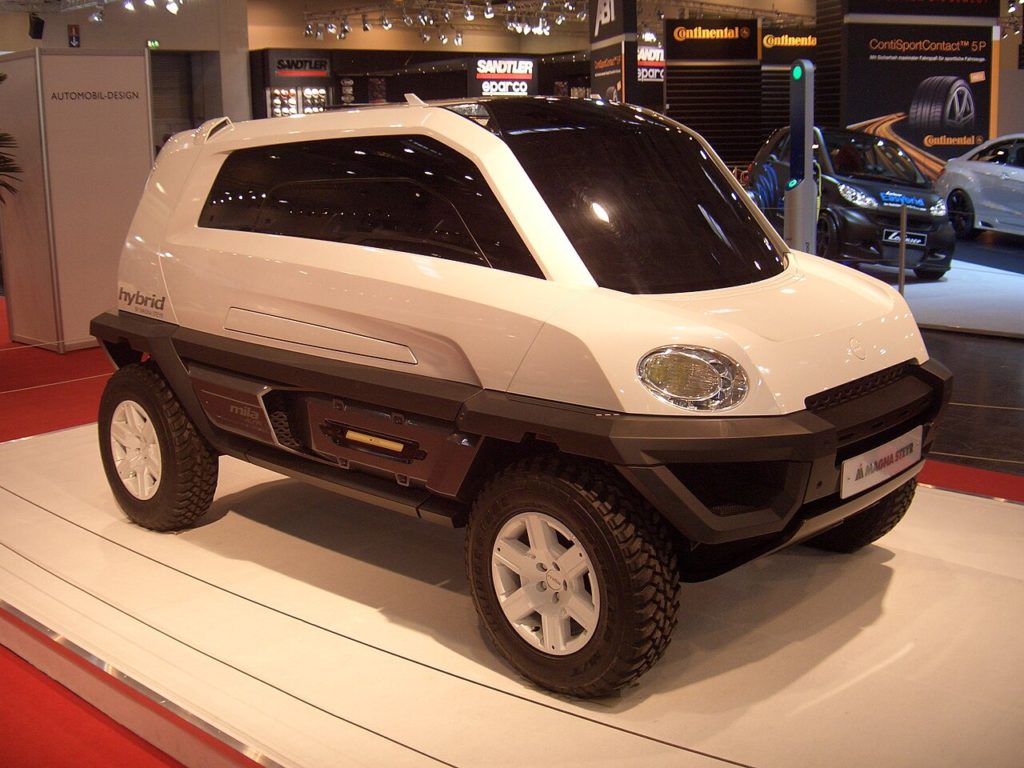
The Magna Steyr Mila Alpin demonstrates how optimizing for extreme capability creates compromises for everyday usability. The exceptionally short front and rear overhangs create unusual proportions while the flexible thermoplastic panels designed to absorb minor impacts would likely show premature wear in actual alpine conditions.
The 21-centimeter ground clearance and specialized all-terrain tires optimize for occasional extreme scenarios at the expense of on-road comfort and efficiency where the vehicle would spend most operating hours. The large windows across all sides create significant heat loss challenges in precisely the cold environments this vehicle targets.
2. Toyota Kikai (Exterior)

The Toyota Kikai represents automotive exhibitionism, deliberately exposing mechanical components that engineering evolution deliberately protected for sound functional reasons. The suspension arms, exhaust system, and steering components positioned outside the body would require specialized materials and treatments to withstand environmental exposure, substantially increasing manufacturing costs and maintenance requirements.
The exposed front wheels with minimal fender protection create obvious debris projection hazards for both the vehicle
Toyota Kikai (Interior)

The Kikai’s three-seat cabin arranges passengers in a triangular configuration with the driver centered and forward while two passengers sit slightly behind on either side. Small windows positioned at the driver’s feet provide visibility of the front wheels and road surface, creating a connection between driver and driving surface typically lost in modern vehicles. The minimalist dashboard features analog instruments housed in machined metal housings, while the manual shifter rises from an exposed linkage that displays its mechanical operation. Toyota eliminated unnecessary luxury elements in favor of functional simplicity, using aluminum surfaces, exposed fasteners, and minimal upholstery to maintain the mechanical aesthetic throughout the interior, reinforcing the concept’s focus on celebrating engineering rather than concealing it.
1. Valmet Dawn (Exterior)

The Valmet Dawn demonstrates how single-minded focus on alternative energy can create fundamental transportation compromises. The massive 2.7-square-meter photovoltaic roof panel optimizes for stationary solar collection at the expense of vehicular considerations like aerodynamics, weight distribution, and structural integrity.
Valmet Dawn (Interior)

The interior emphasizes weight reduction to the point of comfort compromise, with thin padding and minimal adjustment mechanisms in the seating. The early LCD display technology would face visibility challenges in direct sunlight—precisely when solar generation would be at its peak. The climate control systems with passive cooling techniques would likely prove inadequate in extreme weather conditions. The entire concept represents ideological design rather than balanced transportation development.


